Introduction
Riociguat, first in the class of soluble guanylate cyclase (sGC) stimulators, has been approved for pulmonary arterial hypertension (PAH) and persistent/inoperable chronic thromboembolic pulmonary hypertension (CTEPH). Results of Chronic Thromboembolic Pulmonary Hypertension Soluble Guanylate Cyclase-Stimulator Trial 1 (CHEST-1) study showed that riociguat significantly improved the 6-minute walk distance (6MWD), pulmonary vascular resistance (PVR), WHO functional class (WHO FC) and other clinical outcomes in patients with CTEPH at the end of 16 weeks as compared to placebo. Riociguat exhibited a favorable risk-benefit profile, with the incidence of right ventricular failure, syncope and hemoptysis in 3%, 2% and 2% respectively.
Aim
Patients completing CHEST-1 were eligible to enter into CHEST-2 trial, which evaluated the long-term safety and efficacy of riociguat in patients with CTEPH. Results of an interim analysis have been reported in this study.
Methods
Study design
- Multicenter, open-label, single-group study
- Study includes 8 week double-blind, dose-adjustment phase followed by open-label phase
- Patients aged 18 to 80 years diagnosed with CTEPH who completed CHEST-1 study without ongoing study drug-related serious adverse events
- Patients were randomized into placebo or riociguat groups
- The dose of riociguat was adjusted upto a maximum dose of 2.5 mg thrice daily
- Follow up at 2, 4, 6, 8 and 12 weeks and after every 3 months
Endpoints
- Incidence of adverse events (AEs)
- Improvements in 6MWD
- PVR
- N-terminal pro-brain natriuretic peptide (NT-proBNP) level
- WHO FC
- Time to clinical worsening
- Borg dyspnea score
- Quality of life variable
Results
- 98% of the patients from CHEST-1 entered CHEST-2 (n=237)
- 73% had inoperable CTEPH and 27% had persistent/recurrent CTEPH
- Out of a total of 237 patients, 89% were receiving ongoing treatment and 76% had received>1 year of treatment
- Eight AEs and 4 serious AEs (SAEs) of hemoptysis and pulmonary hemorrhage were reported by 3% and 2% respectively
- The exposure adjusted rate of AEs was 2.9 per 100 patient-years in CHEST-2 vs 7.8 per 100 patient-years in the riociguat group in CHEST-1
- The exposure adjusted rate of SAEs was 1.1 cases per 100 patient-years in CHEST-2 vs 5.9 cases per 100 patient-years in the riociguat group in CHEST-1
- Improvements in 6MWD in riociguat group in CHEST-1 were sustained at week 12 and year 1 of CHEST-2
- Mean + SD 6MWD changed by 51+62 m (n=172) as compared to CHEST-1 baseline (n=237)
- The decreases in NT-proBNP levels in CHEST-1 were sustained for upto 1 year in CHEST-2
- NT-proBNP changed by -416+1321 pg/ml as compared to baseline
- WHO-FC had improved/stabilized/worsened in 47/50/3% of patients as compared to CHEST-1 baseline
- The estimated overall survival rate at year 1 of CHEST-2 was 97%
- Improvements in Borg dyspnea score and quality of life variables in CHEST-1 were maintained in CHEST-2 at week 12
Conclusion
- Long-term treatment with riociguat had a favorable benefit-risk profile in patients with inoperable chronic thromboembolic pulmonary hypertension (CTEPH) or persistent CTEPH after pulmonary endarterectomy
- Improvements in exercise and functional capacity and hemodynamic parameters were sustained for upto 1 year
- These findings support the use of long-term therapy with riociguat in patients with inoperable and persistent CTEPH
Eur Respir J. 2015 May;45(5):1293-302. Doi: 10.1183/09031936.00087114.


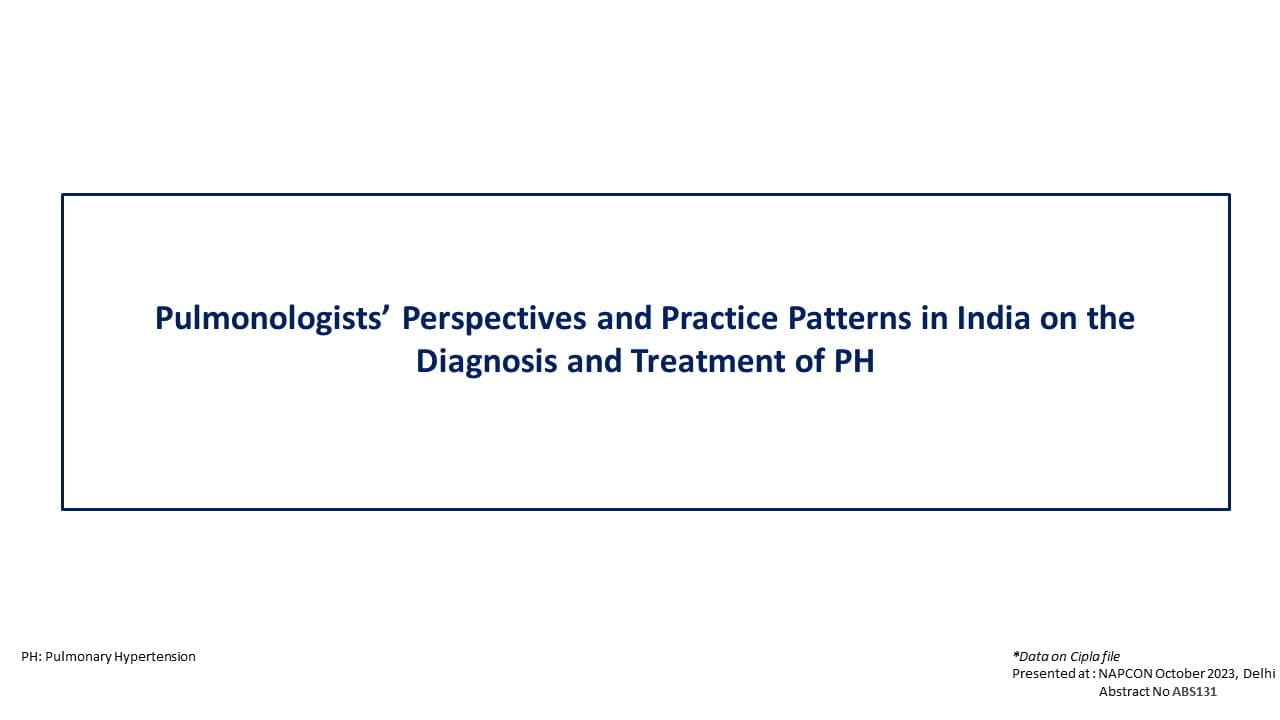
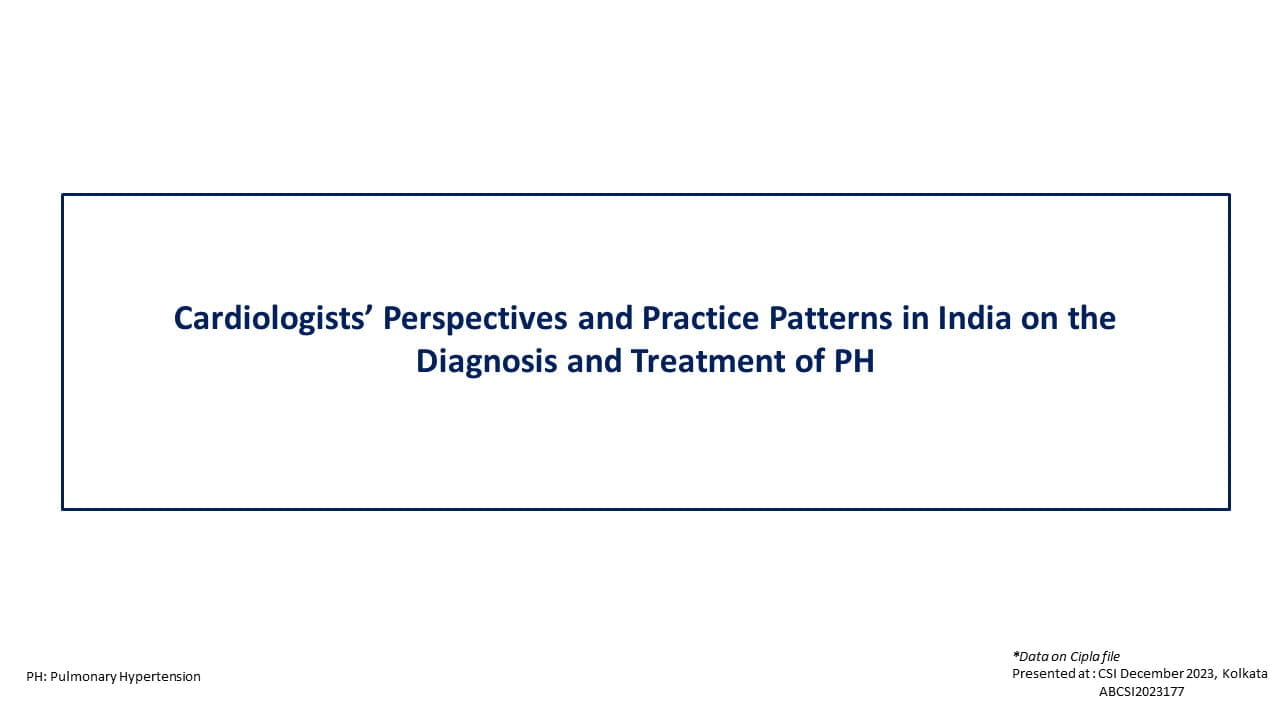
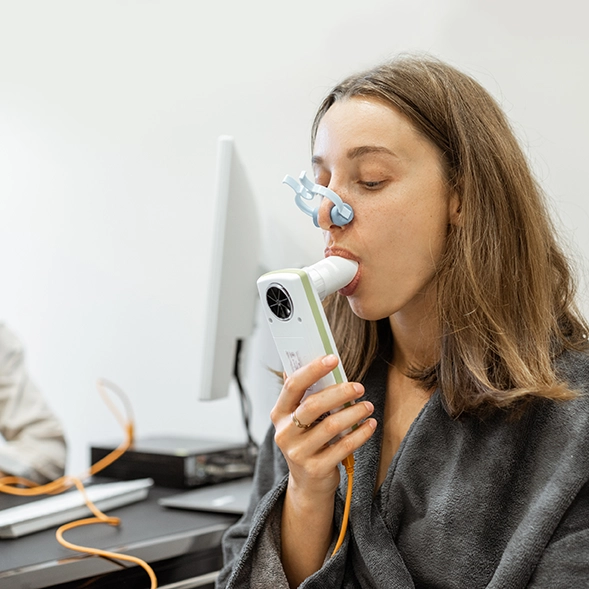
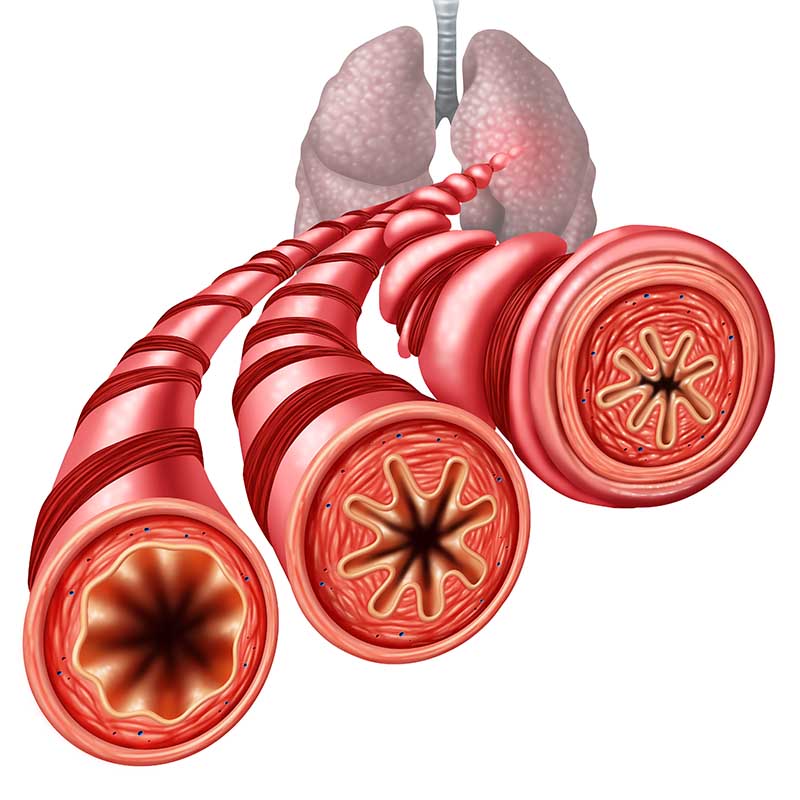

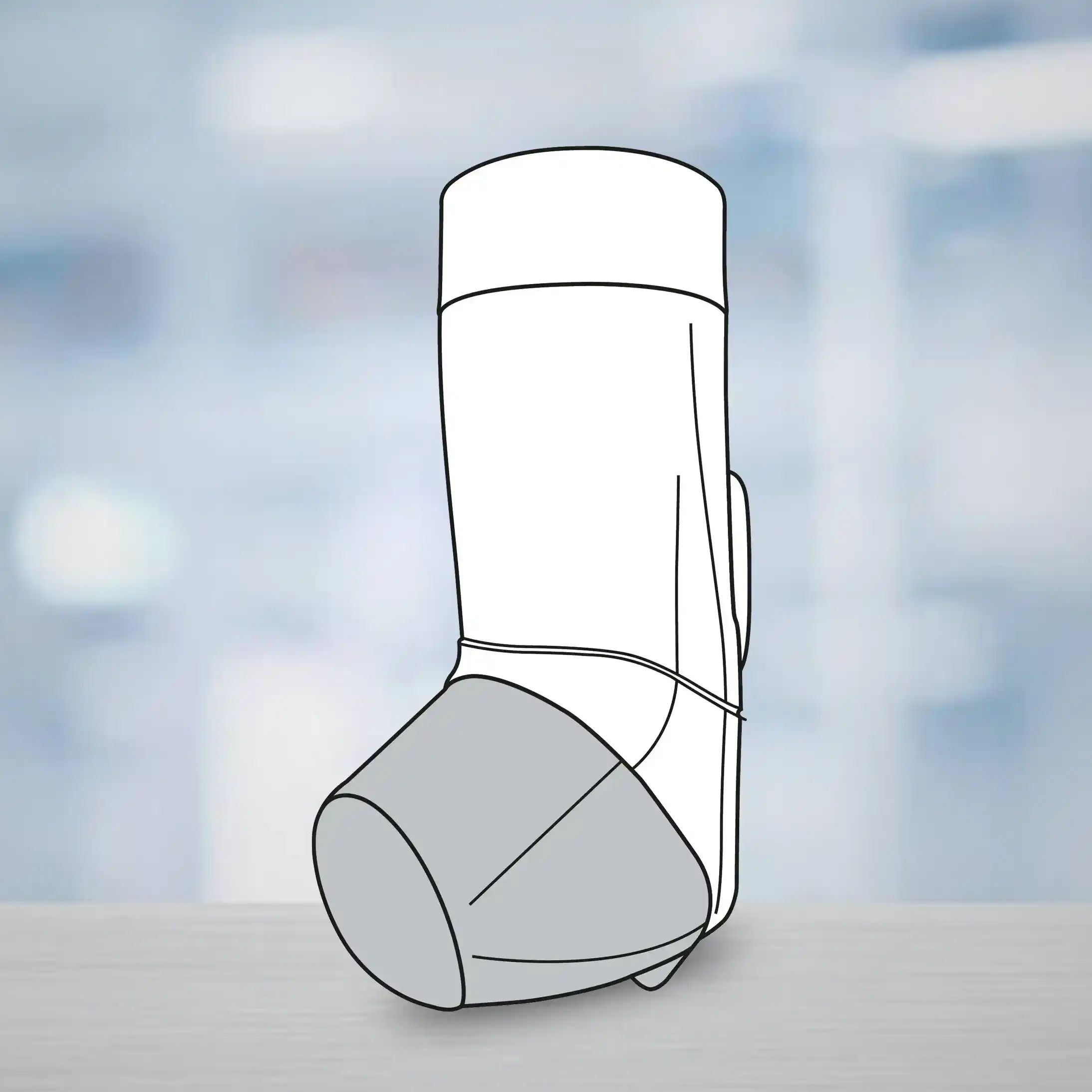
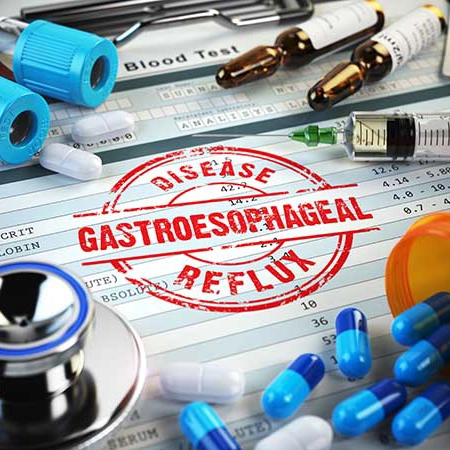

.webp?updated=20240527063817)